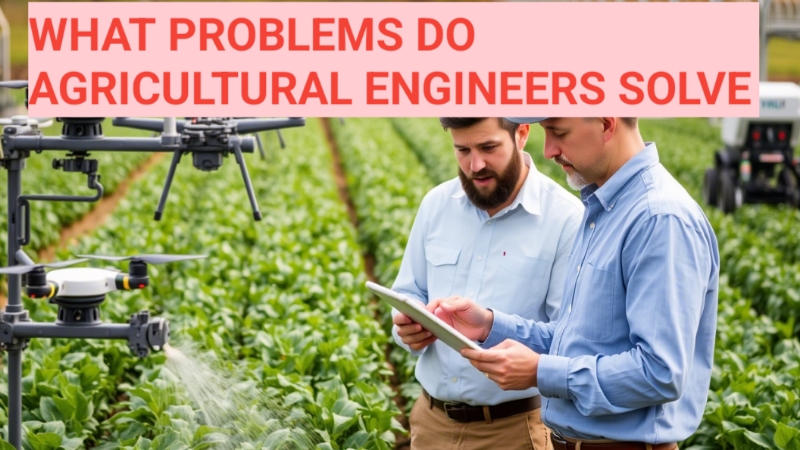2025 Farm Equipment Financing Options: A Comprehensive Guide
Farm equipment is essential for modern agriculture, but purchasing tractors, harvesters, or irrigation systems can be costly. Farm equipment loans provide farmers with the capital needed to invest in machinery, boost productivity, and sustain operations. Below, we break down loan types, features, trends, and FAQs to help you navigate financing in 2025.
What Is a Farm Equipment Loan?
A farm equipment loan is a type of financing designed to help farmers purchase or lease machinery. These loans often feature flexible terms, competitive rates, and repayment schedules tailored to agricultural income cycles.
Types of Farm Equipment Loans in 2025
- Traditional Equipment Loans
- Direct loans from banks or credit unions to purchase new or used equipment.
- Collateral: The equipment itself.
- Equipment Leasing
- Rent machinery with options to buy at the lease term’s end. Ideal for avoiding long-term debt.
- USDA Farm Service Agency (FSA) Loans
- Government-backed loans with low interest rates (e.g., 2–5% in 2025).
- Targets small or mid-sized farms.
- Dealer Financing
- In-house loans offered by equipment dealers. May include promotional rates (e.g., 0% APR for the first year).
- Agricultural Lines of Credit
- Flexible credit for ongoing equipment needs. Interest applies only to the amount used.
Key Features to Compare
- Interest Rates: Vary by lender (3–10% in 2025). USDA loans typically offer the lowest rates.
- Terms: 1–15 years, depending on equipment lifespan.
- Down Payment: 10–30% for traditional loans; lower for leases.
- Collateral: Equipment or land may be required.
- Eligibility: Credit score (often 600+), farm revenue, and business history.
2025 Trends in Farm Equipment Financing
- Digital Lending Platforms: Streamlined online applications with instant approvals.
- Sustainability Incentives: Discounts for eco-friendly equipment (e.g., electric tractors).
- Flexible Payment Structures: Seasonal repayment plans aligned with harvest cycles.
- Precision Ag Tech Financing: Loans for GPS-guided machinery and AI-driven tools.
How to Apply
- Assess equipment needs and budget.
- Check credit score and financial history.
- Compare lenders (banks, USDA, dealers).
- Gather documents (tax returns, farm financials).
- Submit application and await approval.
Farm Equipment Loan Comparison Table (2025)
| Loan Type | Interest Rate | Term | Down Payment | Pros | Cons |
|---|---|---|---|---|---|
| Traditional Loan | 4–8% | 3–10 years | 10–20% | Ownership upfront; flexible uses | Requires good credit |
| USDA FSA Loan | 2–5% | 5–15 years | 0–10% | Low rates; govt-backed | Strict eligibility |
| Equipment Lease | 5–12% | 1–5 years | 0–15% | Lower upfront costs | No ownership unless bought later |
| Dealer Financing | 0–10% | 1–7 years | 0–20% | Convenient; promotions | Higher long-term rates |
FAQs
Q1: What credit score is needed for a farm equipment loan?
Most lenders require a score of 600+. USDA loans may accept lower scores with strong farm revenue.
Q2: Can I finance used equipment?
Yes, but rates may be higher. Inspections or appraisals might be required.
Q3: Are there tax benefits?
Yes! Section 179 deductions allow up to $1.2M (2025) in equipment write-offs.
Q4: What if my loan is denied?
Improve credit, seek a co-signer, or explore lease-to-own agreements.
Q5: How do loans differ from leases?
Loans offer immediate ownership; leases lower upfront costs but require monthly payments without equity.
Conclusion
In 2025, farmers have more financing options than ever, from low-interest USDA loans to tech-friendly leases. Prioritize lenders offering flexible terms, sustainability incentives, and transparent fees. Always consult a financial advisor to align loans with your farm’s long-term goals.


